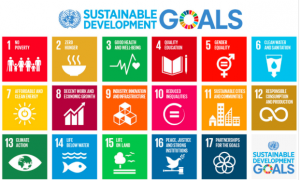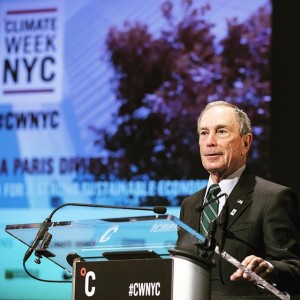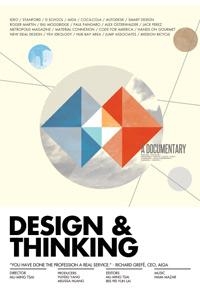This is a test.
This is a test
September 28th, 2015This is a test
September 28th, 2015This is a test.
This is a test
September 27th, 2015This is a test.
This is a test
September 26th, 2015This is a test.
This is a test
September 25th, 2015This is a test.
This is a test
September 24th, 2015This is a test.
Fall Begins, Flu Season Follows
September 23rd, 2015Today is the first day of the fall season, ushering in gorgeous foliage, crisp air and a reminder to get your annual flu shot (if your doctor approves). The Centers for Disease Control and Prevention has posted helpful information about protecting yourself and your family against infection by the influenza virus. Although most influenza activity peaks in January or later, seasonal outbreaks can occur as early as October.
The nurse who administered my flu shot advised that it takes about two weeks after vaccination for antibodies to develop in the body to protect against the influenza virus. So it is best to get vaccinated early in the season before the flu begins to spread. The vaccine is the best way to reduce the chances that you will be infected with the flu and spread it to others.
Dr. Oz reported that 77 per cent of people infected with the flu virus did not experience flu symptoms and that last winter the flu sent nearly 18,000 Americans to the hospital. He also reported that 60 per cent of American adults fail to obtain their recommended annual flu vaccine. So it is a good idea to inform your employees about the CDC’s recommendations for the flu vaccine so that they can discuss the vaccination option with their physicians. And helpful websites, such as the CDC’s FluView and Flu Near You, monitor and report local outbreaks so you can see if the flu is spreading in your area. (But don’t wait until it spreads in your community to get vaccinated; remember it takes about two weeks for the vaccine to become effective.)
This is a test
September 22nd, 2015
Sustainable Development Goals
This is a test.
Climate Week NYC 2015
September 21st, 2015Today is the beginning of the seventh annual Climate Week in New York City, a series of events that brings together actors from business, government and the non-profit sector who are working towards a transition to a low-carbon economy. The week’s activities will include public and private events and typically private companies and the city government will announce commitments to invest in climate resilience measures or targets to reduce climate impacts. The Mayor of New York, for example, has floated a proposal to transition all city lighting to LED. Fortune 500 companies plan to announce specific commitments for the adoption of renewable energy sources to run their businesses. Climate Week also coincides with the opening of the United Nations General Assembly, at which time the UN will adopt a new series of sustainable development goals, and the meeting of the Clinton Global Initiative. This week I am very glad for the Acela high-speed train. I am also very glad that many of the Climate Week NYC events will be live-streamed on the Internet, so those from far away who wish to participate do not have to take flights to New York!
Design Thinking for Business Innovation
September 20th, 2015Design Week Rhode Island 2015 is underway and from September 16th to the 27th, Design Week partners offer events and programs to showcase their innovative and economic impact. Tonight’s event was a screening of “Design & Thinking” at Providence’s Cable Car Cinema. The documentary explores ways to fully engage organizations to reflect on the changing landscape of business, culture and society. It considers how creative people collaborate to make change and how their work is applied to business models. I attended because I have read so much about design thinking and I want to consider how this methodology can be used to design for resilience. Can we develop business models, processes and products that embody resilience to most disruptions? According to IDEO, one of the world’s leading innovation and design firms, design thinking is a method of meeting people’s needs and desires in a feasible and viable way – in other words, designing something that people will use and that you can afford to supply.
I left the event with a few more design words to add to my vocabulary, but I am not entirely convinced that design thinking is the magic elixir to develop resilience. Design thinking approaches are predicated on a recognized need for a product or service. Since most small businesses don’t believe a disaster can ever happen to them, there is not yet, at least not in my experience, a demand for an elegantly designed solution. But I enjoyed myself and am happy to participate in a number of the other events planned for Design Week. Moo, a graphic design company that produces stationery and promotional materials for small businesses, is hosting a tour of its print facility. The Rhode Island School of Design is hosting several events, including one on design for social change. Food incubators and health care providers are sharing their experiences with design, so I hope to be inspired by what others are doing.


